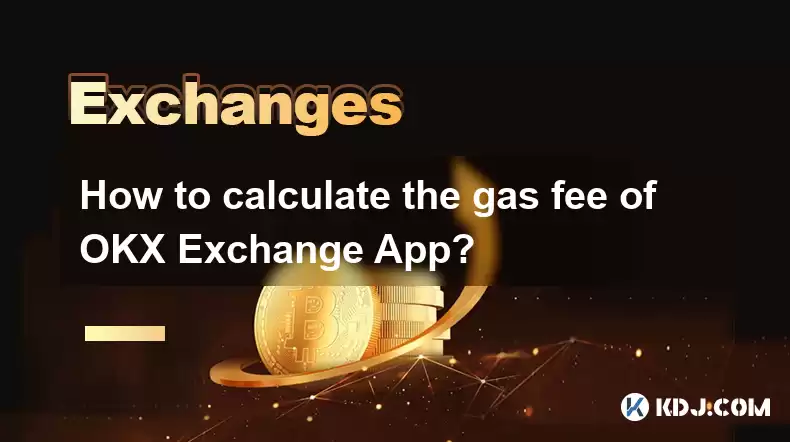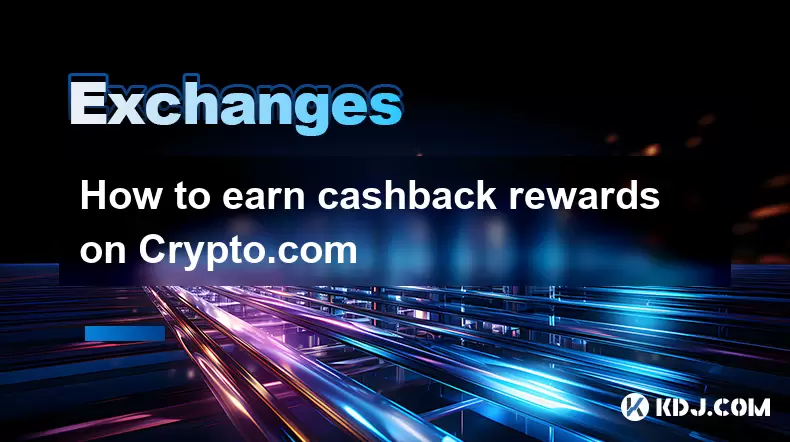-
 Bitcoin
Bitcoin $119900
1.12% -
 Ethereum
Ethereum $4599
9.32% -
 XRP
XRP $3.282
4.63% -
 Tether USDt
Tether USDt $0.9998
-0.02% -
 BNB
BNB $833.4
3.91% -
 Solana
Solana $193.3
10.47% -
 USDC
USDC $0.9999
-0.01% -
 Dogecoin
Dogecoin $0.2366
5.64% -
 TRON
TRON $0.3534
2.64% -
 Cardano
Cardano $0.8477
9.54% -
 Chainlink
Chainlink $23.33
10.42% -
 Hyperliquid
Hyperliquid $45.59
5.29% -
 Stellar
Stellar $0.4509
5.00% -
 Sui
Sui $3.888
6.46% -
 Bitcoin Cash
Bitcoin Cash $620.4
7.20% -
 Hedera
Hedera $0.2613
6.53% -
 Ethena USDe
Ethena USDe $1.001
0.01% -
 Avalanche
Avalanche $24.75
8.33% -
 Litecoin
Litecoin $130.2
8.10% -
 Toncoin
Toncoin $3.541
5.12% -
 UNUS SED LEO
UNUS SED LEO $9.079
1.11% -
 Shiba Inu
Shiba Inu $0.00001367
5.60% -
 Uniswap
Uniswap $11.55
4.73% -
 Polkadot
Polkadot $4.181
8.43% -
 Cronos
Cronos $0.1664
0.63% -
 Dai
Dai $0.9998
-0.03% -
 Ethena
Ethena $0.7980
2.17% -
 Pepe
Pepe $0.00001225
8.94% -
 Bitget Token
Bitget Token $4.452
1.25% -
 Aave
Aave $317.1
8.17%
How to calculate the gas fee of OKX Exchange App?
OKX's dynamic gas fees, displayed as estimates before transaction confirmation, depend on network congestion and transaction complexity, allowing users to choose faster (higher fee) or slower (lower fee) processing.
Mar 15, 2025 at 12:35 pm

Key Points:
- OKX's gas fees aren't a fixed amount; they're dynamic and depend on network congestion.
- The fee is paid in the native cryptocurrency of the blockchain you're using (e.g., ETH for Ethereum).
- OKX displays estimated gas fees before transaction confirmation, allowing you to adjust.
- Factors influencing gas fees include transaction complexity and network demand.
- You can't directly control the gas fee but can influence it by choosing transaction speed.
How to Calculate the Gas Fee of OKX Exchange App?
Understanding gas fees on the OKX exchange app is crucial for managing your cryptocurrency transactions effectively. Unlike traditional trading fees, gas fees are network fees, not charged by OKX itself. They compensate miners for processing transactions on the blockchain. The amount you pay varies constantly.
The OKX app doesn't present a "calculation" in the sense of a formula you input values into. Instead, it provides an estimation before you confirm a transaction. This estimation considers several factors, which we'll explore below. It's displayed prominently before you finalize the transaction.
The primary factor determining the gas fee is network congestion. When many users are simultaneously making transactions, demand for processing power increases, driving up the price. Think of it like rush hour traffic: more cars, higher congestion, slower speeds, and potentially higher costs for expedited service.
The complexity of your transaction also plays a significant role. A simple transfer of cryptocurrency will generally incur a lower gas fee than a more complex smart contract interaction, like interacting with a decentralized application (dApp). More computational work means a higher fee.
The OKX app typically presents the gas fee in the native cryptocurrency of the blockchain you're using. For example, if you're trading Ethereum (ETH), the gas fee will be displayed in ETH. If you are using a token built on another blockchain like Solana, the gas fee will be presented in the respective native token.
To see the estimated gas fee:
- Initiate a transaction within the OKX app (e.g., buying, selling, transferring crypto).
- Before confirming, the app will clearly display the estimated gas fee in the relevant cryptocurrency.
- The display often includes options to select a faster or slower transaction speed, influencing the fee. A faster transaction will generally have a higher fee.
While you can't directly calculate the gas fee using a specific formula within the app, you can influence it by adjusting the transaction speed. Choosing a "slow" transaction will typically result in a lower fee but a longer processing time. "Fast" or "Priority" transactions command higher fees but offer quicker confirmation.
Remember that the estimated gas fee is just that – an estimate. The final gas fee might slightly vary based on network conditions between the time of estimation and the transaction's inclusion in a block.
The OKX app strives to provide a transparent view of the estimated gas fee, giving you the necessary information to make informed decisions about your transactions. You can't avoid gas fees entirely; they're inherent to blockchain technology.
Frequently Asked Questions:
Q: What if I don't have enough cryptocurrency to cover the gas fee?
A: The OKX app will prevent you from confirming a transaction if your balance is insufficient to cover both the transaction cost and the gas fee. You'll need to add funds before proceeding.
Q: Are gas fees on OKX higher than other exchanges?
A: Gas fees are determined by the underlying blockchain, not the exchange. OKX doesn't set the gas price. The fees will be comparable to other platforms using the same blockchain. Differences might arise due to varying transaction speeds chosen.
Q: Can I reduce gas fees by using a specific time of day?
A: Network congestion fluctuates throughout the day. Generally, you might encounter lower gas fees during periods of lower trading activity, but this is not guaranteed and can vary significantly depending on global market activity.
Q: What happens if my transaction fails due to insufficient gas?
A: If your transaction fails due to insufficient gas, the funds intended for the transaction will generally remain in your OKX account. However, you will have lost the gas you already paid to initiate the failed transaction.
Q: What cryptocurrencies are subject to gas fees on OKX?
A: Gas fees apply to cryptocurrencies operating on blockchains that utilize a gas fee mechanism, such as Ethereum (ETH), Polygon (MATIC), and others. Cryptocurrencies on blockchains with different fee structures (e.g., Solana) will have different fee models. Always check the specific requirements before initiating a transaction.
Disclaimer:info@kdj.com
The information provided is not trading advice. kdj.com does not assume any responsibility for any investments made based on the information provided in this article. Cryptocurrencies are highly volatile and it is highly recommended that you invest with caution after thorough research!
If you believe that the content used on this website infringes your copyright, please contact us immediately (info@kdj.com) and we will delete it promptly.
- Unich's OTC Exchange: Surging with $1.2B Volume – What's the Hype?
- 2025-08-13 02:50:11
- MoonBull's Explosive Moves: Your Crypto Whitelist Ticket to Ride!
- 2025-08-13 02:30:11
- MAGACOIN Finance: Don't Miss the Presale Bonus!
- 2025-08-13 02:30:11
- Trump's Crypto Kingdom: $2.4 Billion and Counting
- 2025-08-13 02:50:11
- Solana, LSTs, and SEC Approval: A New Dawn for Crypto?
- 2025-08-13 02:55:12
- Bitcoin's Profit Surge: Unpacking the BTC Value Boom
- 2025-08-13 02:55:12
Related knowledge

How to use margin trading on Poloniex
Aug 08,2025 at 09:50am
Understanding Margin Trading on Poloniex

How to read the order book on KuCoin
Aug 10,2025 at 03:21pm
Understanding the Order Book Interface on KuCoinWhen accessing the order book on KuCoin, users are presented with a real-time display of buy and sell ...

How to read the order book on KuCoin
Aug 12,2025 at 02:28am
Understanding the Basics of Staking in CryptocurrencyStaking is a fundamental concept in the world of blockchain and cryptocurrencies, particularly wi...

How to set price alerts on Kraken
Aug 11,2025 at 08:49pm
Understanding Price Alerts on KrakenPrice alerts on Kraken are tools that allow traders to monitor specific cryptocurrency pairs for price movements. ...

How to earn cashback rewards on Crypto.com
Aug 12,2025 at 02:08am
Understanding Cashback Rewards on Crypto.comCashback rewards on Crypto.com are a feature designed to incentivize users to spend using their Crypto.com...

How to use advanced trading on Gemini
Aug 08,2025 at 04:07am
Understanding Advanced Trading on GeminiAdvanced trading on Gemini refers to a suite of tools and order types designed for experienced traders who wan...

How to use margin trading on Poloniex
Aug 08,2025 at 09:50am
Understanding Margin Trading on Poloniex

How to read the order book on KuCoin
Aug 10,2025 at 03:21pm
Understanding the Order Book Interface on KuCoinWhen accessing the order book on KuCoin, users are presented with a real-time display of buy and sell ...

How to read the order book on KuCoin
Aug 12,2025 at 02:28am
Understanding the Basics of Staking in CryptocurrencyStaking is a fundamental concept in the world of blockchain and cryptocurrencies, particularly wi...

How to set price alerts on Kraken
Aug 11,2025 at 08:49pm
Understanding Price Alerts on KrakenPrice alerts on Kraken are tools that allow traders to monitor specific cryptocurrency pairs for price movements. ...

How to earn cashback rewards on Crypto.com
Aug 12,2025 at 02:08am
Understanding Cashback Rewards on Crypto.comCashback rewards on Crypto.com are a feature designed to incentivize users to spend using their Crypto.com...

How to use advanced trading on Gemini
Aug 08,2025 at 04:07am
Understanding Advanced Trading on GeminiAdvanced trading on Gemini refers to a suite of tools and order types designed for experienced traders who wan...
See all articles

























































































